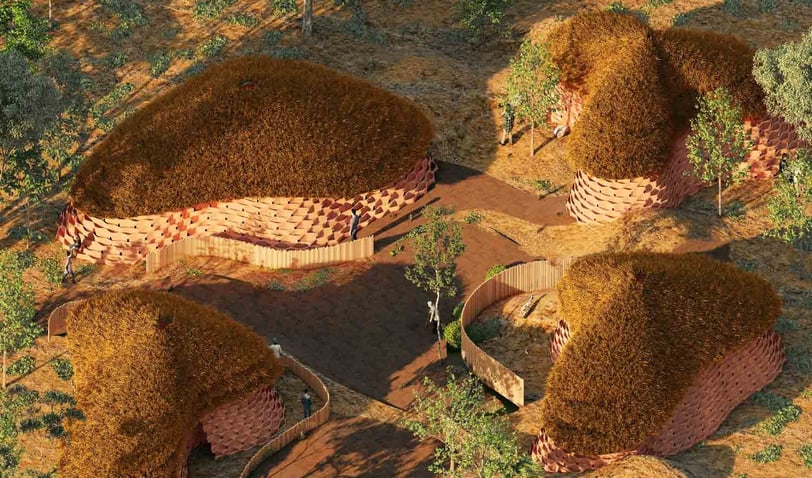




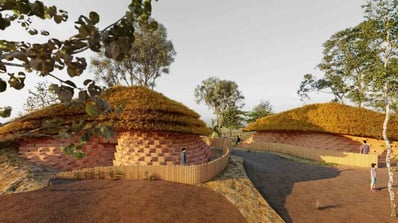
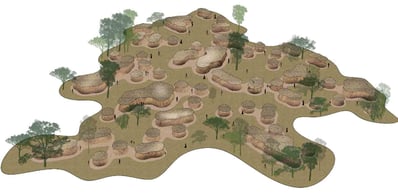
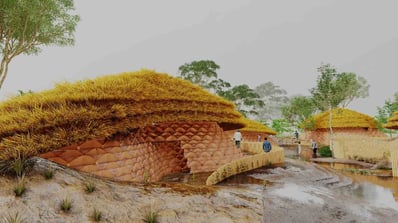
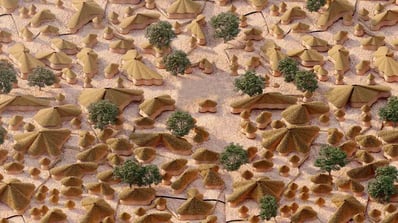








Redefining the Earthen Fabric
At a time when human disturbance to the environment is challenging liveability on the planet - for humans and nonhumans alike - it is important to find better methods for construction that not only engages with the liveliness of the movement of people in and out of large scale refugee cities, but also minimises the ecological impact on the region due to the amount of buildings that could be created or destroyed. Additive manufacturing could be seen as viable solutions to infrastructural issues of rapidly developing refugee cities, where lesser time and physical labour is required to construct housing. More importantly, this method of constructing buildings also gives rise to the possibility of using localised materials to reduce the ecological footprint of the building.
The aim of this research thesis was to investigate the viability of implementing 3D printed architecture as a solution to the urban sprawl within rapidly developing refugee cities, focusing on local earth as a material that can feed into the development of a circular economic model involving building constructions within the city.
Architecture for People in Motion
Elvin Kee
Singapore University of Technology and Design
